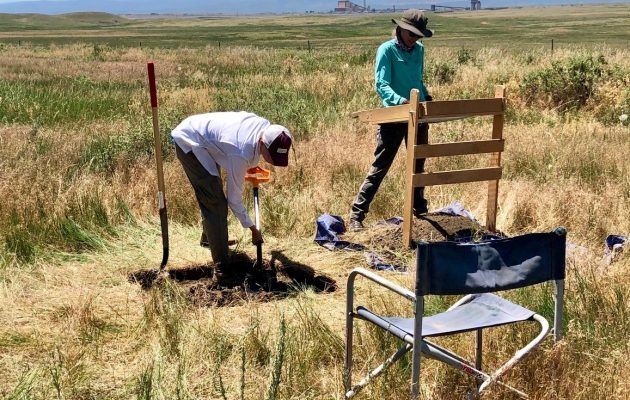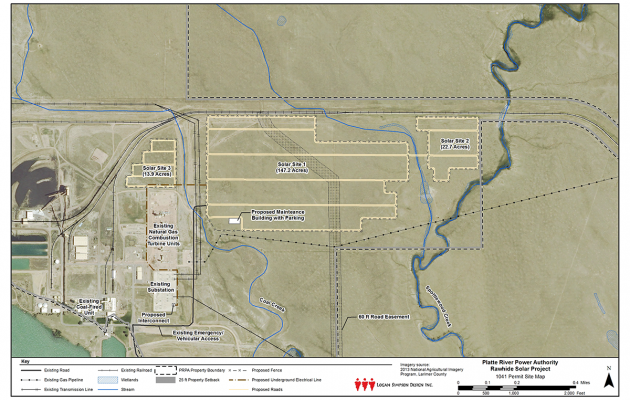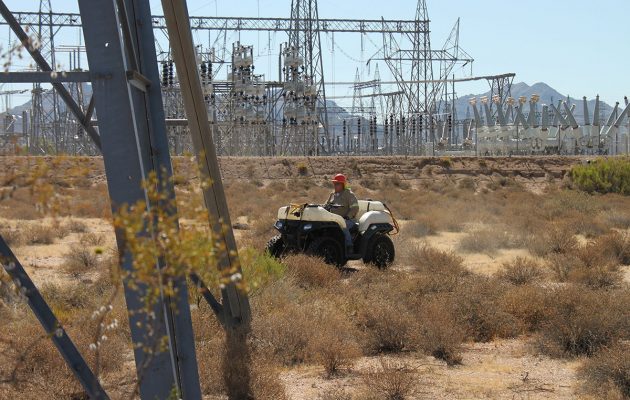Rio Tinto Kennecott Little Valley Cultural Resource Survey
- posted in
Rio Tinto Kennecott Utah Copper, who is a long-term client of Logan Simpson, contracted with us to perform a 75-acre Class III cultural resources survey in the Little Valley Wash. This survey encountered a historic water control system from the late 1930’s, which spanned into the mid 1960’s, and was associated with flash flood control in the Little Valley area. Discoveries included ditches, large-scale masonry spillways, and a retention basin. Mitigation strategies were performed, which included field documentation of the entire water control system, updating the Utah Archaeology Site Form, and preparation of a historic context, which contained historic photographs, newspaper clippings, field photographs, and maps. The results of the literature review and archival research included a history of the region with a focus on the development of flood control structures in Utah, the Soil Conservation Service, and the Works Progress Administration.




